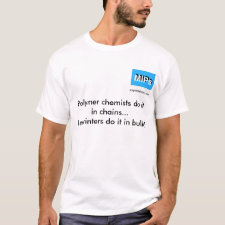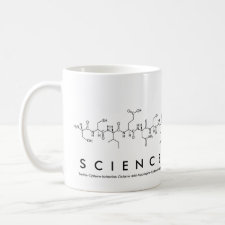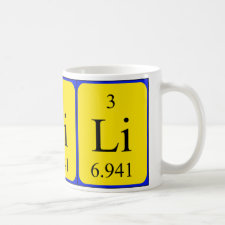
Authors: Luo XB, Guo B, Luo JM, Deng F, Zhang SY, Luo SL, Crittenden J
Article Title: Recovery of Lithium from Wastewater Using Development of Li Ion-Imprinted Polymers.
Publication date: 2015
Journal: ACS Sustainable Chemistry & Engineering
Volume: 3
Issue: (3)
Page numbers: 460-467.
DOI: 10.1021/sc500659h
Abstract: Recycling lithium from waste lithium batteries is a growing problem, and new technologies are needed to recover the lithium. Currently, there is a lack of highly selective adsorption/ion exchange materials that can be used to recover lithium. We have developed a magnetic lithium ion-imprinted polymer (Fe3O4@SiO2@IIP) by using novel crown ether. The Fe3O4@SiO2@IIP has been synthesized by a surface imprinting technique using our newly synthesized 2-(allyloxy) methyl-12-crown-4 as a functional monomer. The Fe3O4@SiO2@IIP was analyzed by Fourier infrared spectroscopy (FT-IR), scanning electron microscopy (SEM), and X-ray diffraction (XRD). The optimum pH for adsorption is 6. Fe3O4@SiO2@IIP shows fast adsorption kinetics for lithium ions (10 min to reach complete equilibrium), and the adsorption process obeys an external mass transfer model. Homogeneous binding sites are proved by the Langmuir isotherm, and the maximum adsorption capacity is 0.586 mmol/g. Fe3O4@SiO2@IIP has excellent selectivity for Li(I) because the selectivity separation factors of Li(I) with respect to Na(I), K(I), Cu(II), and Zn(II) are 50.88, 42.38, 22.5, and 22.2, respectively. The adsorption capacity of sorbent remained above 92% after five cycles. Fixed-bed column adsorption experiments indicate that the effective treatment volume was 140 bed volumes (BV) in the first run with a breakthrough of 10% of the inlet concentration for an inlet concentration of 0.5 mmol/L, and 110 BV was treated for the second run under identical conditions. We demonstrated that 89.8% of the lithium was recovered during bed regeneration using 0.5 mol/L HCl solution. Fe3O4@SiO2@IIP also exhibited excellent removal efficiency for Li(I) in real wastewater, validating its great potential in advanced wastewater treatment. Accordingly, we have developed a new method for wastewater treatment that meets Li emission standards, and recovery of Li creates economic interest
Template and target information: lithium ion, Li(I)



Join the Society for Molecular Imprinting

New items RSS feed
Sign-up for e-mail updates:
Choose between receiving an occasional newsletter or more frequent e-mail alerts.
Click here to go to the sign-up page.
Is your name elemental or peptidic? Enter your name and find out by clicking either of the buttons below!
Other products you may like:
 MIPdatabase
MIPdatabase









